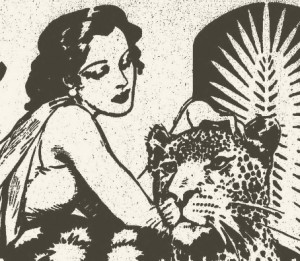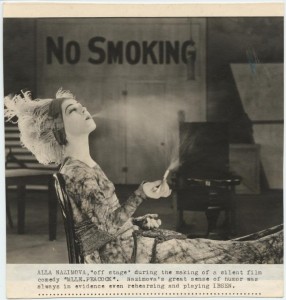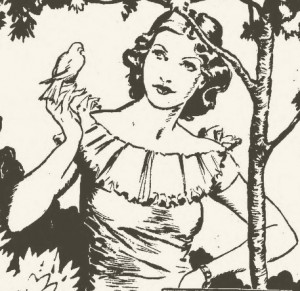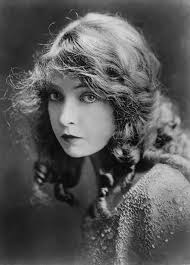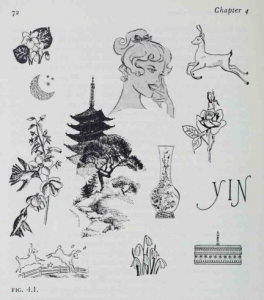 Belle Northrup’s work was continued by Harriet Tilden McJimsey in her book Art in Clothing Selection, first published in 1963 and then updated and retitled Art and Fashion in Clothing Selection ten years later. You can electronically borrow the updated version at Open Library. This is the book that I am going to be talking about today.
Belle Northrup’s work was continued by Harriet Tilden McJimsey in her book Art in Clothing Selection, first published in 1963 and then updated and retitled Art and Fashion in Clothing Selection ten years later. You can electronically borrow the updated version at Open Library. This is the book that I am going to be talking about today.
This book was actually intended to be used as a college home economics textbook. The things I am going to be talking about today are only one chapter of the book. The rest of the book goes into the history of clothing, social psychology, apparel design, and lots of other subjects. An interesting side note: Carol Tuttle was a home economics major in the 1970s, so it’s feasible that she read this book for her coursework.
In the chapter on yin/yang and types, McJimsey takes Northrup’s work on yin/yang and animal archetypes and introduces the Dramatic, Natural, Classic, Gamine, Romantic and Ingenue types that we all know and love. (If someone came up with these types before McJimsey, please let me know in the comments.) She says that Dramatic and Natural are the yang types, Classic and Romantic are mixed (Romantic being mixed sounds strange to those of us who are coming from Kibbe), and Gamine and Ingenue are yin. Her yin/yang classifications seem almost to be based on age more than anything else. Gamine and Ingenue are for the most part limited to teens and those in their early 20s, Romantic is more sophisticated and probably wouldn’t be your type until after 25, Dramatic and Natural always look older than they are, and so on. Even though gamine is boyish, since it’s so youthful, it’s still yin.
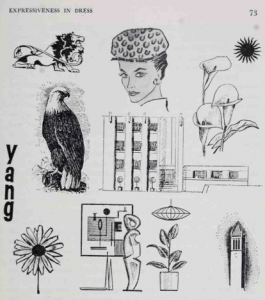 In contrast to people like David Kibbe and Carol Tuttle who are adamant that people fit into one category and one category alone (or one category and on secondary in Tuttle’s case), McJimsey’s approach is closer to that of John Kitchener, who types people by percentages of essences, rather than fitting people into one individual type. McJimsey says that there are very few “pure” individuals who will fit entirely into Gamine or Ingenue or Natural. Almost everyone will pull their “style essence,” as she puts it, from several types.
In contrast to people like David Kibbe and Carol Tuttle who are adamant that people fit into one category and one category alone (or one category and on secondary in Tuttle’s case), McJimsey’s approach is closer to that of John Kitchener, who types people by percentages of essences, rather than fitting people into one individual type. McJimsey says that there are very few “pure” individuals who will fit entirely into Gamine or Ingenue or Natural. Almost everyone will pull their “style essence,” as she puts it, from several types.
Next post, I’ll begin looking at McJimsey’s types, starting with Dramatic.
I’ve posted the charts from McJimsey in the gallery below. More illustrations can be found on my Research Pinterest board.
Sorry, nothing found.
